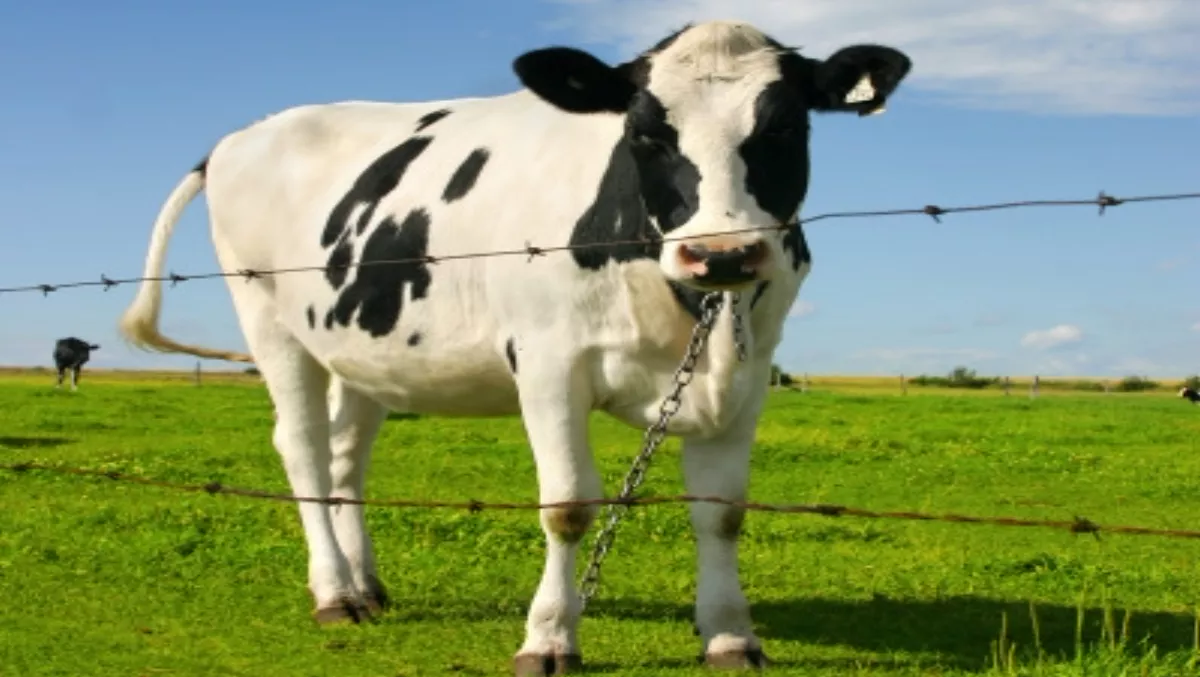
Rural NZ in danger of becoming a digital ghetto
Get rural broadband funding right or risk making New Zealand’s agricultural hinterland a “digital ghetto”.
That was the message to the government from Federated Farmers telecommunications spokesman Donald Aubrey at the Rural Broadband Symposium 2009 in Rotorua this morning.
While Aubrey says Federated Farmers are supportive of the work the government has done to date, getting rural broadband right is a “once in a lifetime opportunity”.
Aubrey says while the government is moving in the right direction, Federated Farmers don’t believe the level of funding allocated to the rural broadband roll is “ambitious enough” and is disproportionate to the level of contribution agriculture makes to the New Zealand economy.
Federated Farmers believe ultra-fast broadband will increase the productivity of agricultural businesses and boost rural employment.
“Becoming a digital ghetto is not what we [rural communities] want to be,” says Aubrey. “We [farmers] have a history of productivity, and rural broadband will give us access to online analytical tools that will help us increase productivity.
“But it’s not just productivity, we want to take part in social networks and keep up to date with rural news.
“We want a First world solution, not a Third world one.”
Aubrey challenged the government increase the allocated funds for rural broadband in light of the increased dairy payout recently announced by Fonterra, which, he says, will put an addition $1.8 billion into the economy. If taxed at 30%, this will provide the government an additional $600 million in revenue.
Aubrey also suggested the proposed TSO levy should be increased, from $50 million allocated to rural broadband up to at least $70 million.
“More emphasis needs to be placed on rural areas of New Zealand where we have witnessed a market failure.”
Minister Joyce responds - it’s a massive challenge
Speaking after Aubrey, ICT Minister Steven Joyce told delegates that getting fibre to the rural community is a massive challenge.
He described the government’s rural broadband plan as a work in progress and told them that although that getting fibre to rural schools might not be enough for some; it is an ambitious place to start.
It is also important to make your goals achievable, he says.
“What we want is to get rural communities up to the broadband speeds currently available in urban areas as quick as possible.”
Joyce pointed out that a major difference between the roll out of ultra-fast broadband to urban areas and rural broadband is the method of investment - and the expected returns.
The ultra-fast broadband funding for urban areas is an investment and will deliver a return, but the funding for rural broadband will be set-up as a grant system with no expectation of a return.
That’s why the focus is on the getting the most done with the money allocated, hence the government’s focus on fibre to rural schools, as opposed to the farm, he says.
By getting a fibre backhaul into rural communities via rural schools, the government is starting a snowball process.
“Fibre backhaul is the first point of what we’re doing. That will achieve the most for rural communities and we need to achieve as much as we can. From there it will allow us with improved option,” he says.
From this point, the government will look to work with the private sector to provide broadband to the rest of the community - whether that is through fibre to the farm, or other options such as wireless or satellite broadband.
The tender system for grants should also help rural communities “get more” out of the government’s $300 million investment, by finding a private enterprise that is willing to do what it needs to help the community get connected.

